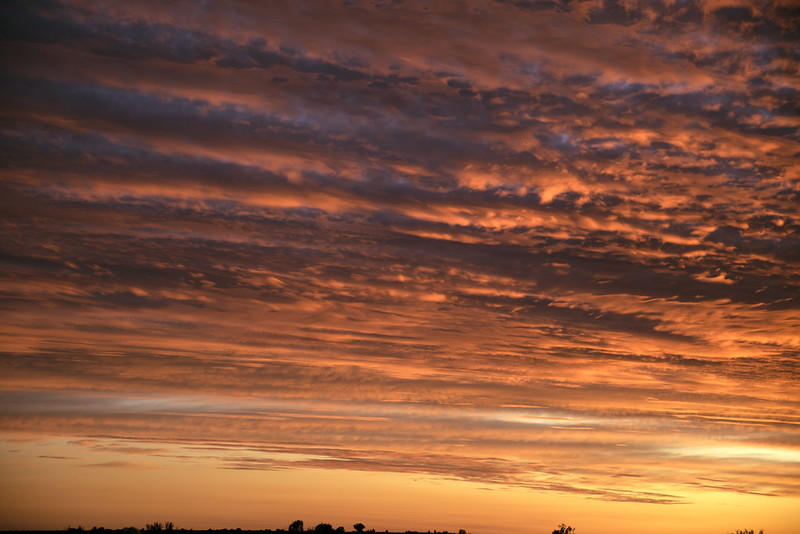April 2022
Some of these are among my favourite photos I’ve ever taken.







by Mary
Fires Near Me (NSW), Vic Emergency (Victoria)
These photographs were taken on 28 December on Bells Line of Road, which runs between western Sydney and Lithgow. Bells Line of Road is the northernmost of two road crossings of the Blue Mountains between Sydney and western NSW.
Wildnerness and parts of towns were badly burned for a long stretch between Lithgow and Bilpin on Bells Line of Road in the days leading up to and including December 21 by the Gospers Mountain / Grose Valley fire complex. The road re-opened on December 25.
The December 31 2019 eastern bushfire catastrophes were concentrated far to the south east from where these pictures were taken; they were in the South Coast of NSW and East Gippsland in Victoria. These two areas are also currently considered most at risk in the upcoming January 4 heatwave, with tourists asked to leave the South Coast and the evacuation of Kosciuszko National Park (January 2), following the evacuation of East Gippsland (December 29).
Fires are expected to continue in Australia until there’s substantial rainfall.
Donations are accepted by, among others:
Most affected areas rely heavily on the tourism industry for income, planning to visit after the fire period is also likely to be helpful, you can check NSW road closures and warnings at Live Traffic. Judging from Bilpin on December 28, take cash, phone lines and cell towers aren’t restored until long after power is.








My quest to be a paid book reviewer remains stalled for two reasons: first, I’ve never once asked anyone for money to do a book review, and second, this book review comes to you express, hot out of the oven, fresh from the year two thousand and fourteen.
Annabel Crabb’s The Wife Drought: Why women need wives, and men need lives is titled and marketed on the old “women need wives” joke, ie, an adult in their home to make meals and soothe fevers and type manuscripts for free.
Crabb is also a well-known Australian political journalist — the ABC’s chief online political writer — who is best-known for hosting a cooking with politicians TV show, and probably next best known for her comic writing style, eg:
Right then. The parliamentary consideration of section 18C of the Racial Discrimination Act has concluded. The nation has experienced the special thrill of watching its elected representatives fight like ferrets in a bag over a legislative clause even John Howard couldn’t get excited about, and can now dully register the fact that all this fuss has produced exactly zero changes to the clause in question.
Annabel Crabb, There is nothing free about Mark Latham’s speech, April 1 2017.
One or the other of the title’s reliance on the hackneyed complaint about women needing wives, or Crabb’s journalist persona, caused a lot of people I know to write off this book unread. The marketing runs with this too:
Written in Annabel Crabb’s inimitable style, it’s full of candid and funny stories from the author’s work in and around politics and the media, historical nuggets about the role of ‘The Wife’ in Australia, and intriguing research about the attitudes that pulse beneath the surface of egalitarian Australia.
Penguin Books Australia
I suggest you don’t write it off, at least not for those reasons. It’s quite a serious book, and Penguin has buried the lede: intriguing research about the attitudes that pulse beneath the surface of egalitarian Australia.
The research is central to the book: Crabb did a lot of one-on-one work with demographers to extract answers to questions that no one had answers to about gender, work, money, and career progressions in Australia. Some of the findings the book contains are in fact new findings prompted by Crabb’s questioning of demographic collaborators (who are acknowledged by name, although not as co-authors).
I found two discussions especially interesting: the way in which Australia makes part-time work fairly readily available to women with young children and the many limits of that as a solution to pay and career progression disparities between men and women; and the evidence suggesting that, contrary to the widespread perception that men are hailed as heroes by men and women alike for participating in the care of their young children, they are actually discriminated against by their workplaces when they do so.
After that Crabb’s writing style is just an added bonus to keep you going through the book. If you’re going to read a demographic exploration of gender and labour in Australia in the 2010s, it’s certainly a nice bonus that it happens to be written by Annabel Crabb of all people. Instead, the major caution I would give is that it’s very middle-class in both point of view and content, without much discussion of that limitation; and is largely focussed on women partnered with men. Assuming that the work lives of middle-class women partnered with men in Australia is of interest to you, recommended.
As folks from the US in particular know, on January 27 Donald Trump signed Protecting the Nation From Foreign Terrorist Entry Into the United States. It includes this text:
Upon the resumption of USRAP admissions, the Secretary of State, in consultation with the Secretary of Homeland Security, is further directed to make changes, to the extent permitted by law, to prioritize refugee claims made by individuals on the basis of religious-based persecution, provided that the religion of the individual is a minority religion in the individual’s country of nationality.
Trump has explicitly clarified that this is intended to prioritise Christians:
In an interview with the Christian Broadcasting Network earlier Friday, Trump was asked whether he would prioritize persecuted Christians in the Middle East for admission as refugees, and he replied, “Yes.”
Trump signs order temporarily halting admission of refugees, promises priority for Christians, The Washington Post, January 27 2017
ask your local australian about how inhumane immigration policy can be used to shore up a decaying political order
— Eleanor Robertson (@marrowing) January 28, 2017
Remember :Australian Gov openly proclaimed their preference for Christian #refugees over Muslim refugees.Then tried to say it is not racist.
— #BlockTheBill (@riserefugee) January 29, 2017
As my readers may not know, but Australian refugee activists will, this is not novel policy among the US’s friends and allies. It’s policy in Australia, and has been at least mooted in Canada as well. In September 2015, Australia made a commitment to resettle 12,000 Iraqi and Syrian refugees in addition to the existing resettlement quota. (The Sydney Morning Herald, September 2015).
The Department of Immigration and Border Protection says:
Priority for 12,000 Humanitarian Programme places will be given to people displaced by the conflict in Syria and Iraq who are… assessed as being most vulnerable – persecuted minorities, women, children and families with the least prospect of ever returning safely to their homes…
Australia’s response to the Syrian and Iraqi humanitarian crisis, accessed January 29 2017
This discriminates against men, especially single or unaccompanied men, and Muslims. Here’s a (News Corp) press description: Australia will minimise its intake of single Sunni men as it vets the 12,000 Syrian refugees the government has pledged to take from Syria, prioritising instead Christian family groups who can never return home… [t]he government has said it would prioritise persecuted minorities in choosing the 12,000, widely understood to be code for non-Islamic migrants [my emphasis].
(The Australian, March 2016)
I haven’t found 2016 or 2017 statements, but discrimination against Muslims has also been floated by Canada (CBC News, December 2014) and as of 2015 Canada also prioritised other refugees before unaccompanied men. (The Guardian, November 2015.)
In general you can support refugees and asylum seekers (and recall, seeking asylum in Australia rather than being granted a visa through UNHCR processes makes you subject to internment here, in some cases in offshore torture camps) by supporting activists and advocates. A thoroughly non-exhaustive list includes RISE: Refugees, Survivors and Ex-detainees (run and governed by refugees, asylum seekers and ex-detainees), the Asylum Seeker Resource Centre and Refugee Legal.
Contacting politicians in support of Muslim and single male refugees: the Refugee Council of Australia suggests contacting your representatives, relevant Ministers, and the Prime Minister and other party leaders. They suggest contact by postal mail, asking questions that require a response. I am writing to Peter Dutton, the Minister for Border Protection and Immigration; Shayne Neumann, the Shadow* Minister for Border Protection and Immigration, and my local member Anthony Albanese (who is also a member of the opposition).
Meanwhile, in Australia, let’s call our senators tomorrow and tell them to vote NO on the lifetime refugee ban. https://t.co/zHK3JhMI7m
— The Last Winebender (@_lizbarr) January 29, 2017
The Refugee Action Coalition (Twitter, Facebook) is one place to find out about rallies and protests in Sydney.
Incidentally, Australians, if Australia was ever to start turning back residency visa holders at the border, would we end up rallying on the streets outside Kingsford-Smith and Tullamarine?
* For readers outside Australia/the Westminster system, the opposition appoints a Shadow Minister to each portfolio, who speaks about how the opposition would approach that ministry, if it were the government, and pay special attention to the actions of that Minister and department. Since the opposition isn’t the government, the Shadow Ministers do not actually have a department reporting to them.